week10-after mid-term#
Run through the answers of mid-term.
#9 Answer: The Holy Grail / Chalice (wiki)
In Christian tradition the Holy Chalice is the vessel which Jesus used at the Last Supper to serve the wine. The vessel is referred to in the Gospels of Matthew, Mark and Luke, the word "cup" being generally used in English translations.
“And He took a cup and when He had given thanks He gave it to them saying 'Drink this, all of you; for this is My blood of the covenant, which is poured out for many for the forgiveness of sins. I tell you, I shall not drink again of the fruit of the vine until I drink it new with you in My Father's kingdom”-The Gospels of Matthew 26:27
The Holy Grail is an important theme of Arthurian literature. In the later 12th and early 13th centuries, The Grail legend became interwoven with legends of the Holy Chalice. The connection with vessels associated with the Last Supper and crucifixion of Jesus.
*The material of The Holy Grail: wooden OR jewelry?
*Last Supper (wiki)
The Last Supper is the final meal that, according to Christian belief, Jesus shared with his Apostles in Jerusalem before his crucifixion
|
The Last Supper Artist:Leonardo da Vinci Year: 1494–1498 Type: tempera on gesso, pitch and mastic Dimensions: 460 cm × 880 cm (181 in × 346 in) Location: Santa Maria delle Grazie, Milan |
About The Lord’s Supper (wiki) 聖餐禮
“And as they were eating, Jesus took bread and blessed it, and He broke it and gave it to the disciples and said, Take, eat; this is My body. And He took a cup and gave thanks, and He gave it to them, saying, Drink of it, all of you, For this is My blood of the covenant, which is being poured out for many for forgiveness of sins.” - THE GOSPEL ACCORDING TOMATTHEW 26:26-28
*Middle ages or Medieval period (wiki)
In European history, the Middle Ages, or Medieval period, lasted from the 5th to the 15th century. It began with the collapse of the Western Roman Empire and merged into the Renaissance and the Age of Discovery.
From the 12th century onward chivalry came to be understood as a moral, religious and social code of knightly conduct. The particulars of the code varied, but codes would emphasize the virtues of courage, honor, and service. Chivalry also came to refer to an idealization of the life and manners of the knight at home in his castle and with his court.
The medieval development of chivalry, with the concept of the HONOR OF A LADY and the ensuing knightly devotion to it, not only derived from the thinking about the Virgin Mary, but also contributed to it.
Three important concepts of chivalry:
a. Duties to countrymen and fellow Christians: warrior chivalry
b. Duties to God: religious chivalry
c. Duties to women: courtly love chivalry
1.1 King Arthur (wiki) (biography) (IMDb) (Arthurian) (Britannia)
King Arthur is a medieval, mythological figure who was the head of the kingdom Camelot and the Knights of the Round Table. It is not known if there was a real Arthur, though it is believed he may have been a Roman-affiliated military leader who successfully staved off a Saxon invasion during the 5th to 6th centuries. His legend has been popularized by many writers.
Excalibur: (wiki)the legendary sword of King Arthur, sometimes attributed with magical powers or associated with the rightful sovereignty of Great Britain.
1.2 Knight (wiki)
A knight was a vassal who served as a fighter for a lord, with payment in the form of land holdings. The lords trusted the knights, who were skilled in battle on horseback.
2 Mary (HONOR OF A LADY)
Virgin queen: Elizabeth I (official) Virgin Mary
Queen: Elizabeth I
Bloody Queen: Mary I (Tudor history)
3 Feudalism vs. Catholicism
(封建制度 vs. 天主教)
4 Faith vs. Reason (middle agesàRenaissance)
*Araby (short story) cf. week 8
1 Bazaar (wiki)
A bazaar is a word used in the Middle East for an open-air marketplace or commercial quarter.
3 Passion, adoration, mission
#7 Answer: Epiphany (holiday)à主顯節 (wiki) ; (feeling)à頓悟 (wiki)
1. Epiphany is a Christian feast day that celebrates the revelation of God the Son as a human being in Jesus Christ. *E, Ex= out *reveal à Book of Revelation 啟示錄
2. An epiphany is an experience of sudden and striking realization. (Araby’s overheard)
3. Initiationà commencement (*commence begin) =graduation ceremony; hooding ceremony
4. The twelfth night (holiday) (play) (play’s wiki) (play –spark notes)
The twelfth night is a comedy by William Shakespeare, believed to have been written around 1601–02 as a Twelfth Night's entertainment for the close of the Christmas season. The play centers on the twins Viola and Sebastian, who are separated in a shipwreck.
* twins Viola and Sebastianà She’s the Man 足球尤物
#11 Answer: light & shadow
*Araby (short story) (wiki) (text) cf. Week 8
Illusion àThe contrast of light and shadow demonstrates the possible obsession, desire, longing of the boy’s toward female body, or romance.
*Rembrandt (wiki)
Among the more prominent characteristics of Rembrandt's work are his use of chiaroscuro, the theatrical employment of LIGHT AND SHADOWderived from Caravaggio, or, more likely, from the Dutch Caravaggisti, but adapted for very personal means
In the decade following the Night Watch, Rembrandt's paintings varied greatly in size, subject, and style. The previous tendency to create dramatic effects primarily by strong contrasts of LIGHT AND SHADOW gave way to the use of frontal lighting and larger and more saturated areas of color.
The Night Watch (wiki)
|
Artist: Rembrandt van Rijn Year: 1642 Type: Oil on canvas Dimensions: 363 cm × 437 cm (142.9 in × 172.0 in) Location: Rijksmuseum, Amsterdam |
Militia Company of District II under the Command of Captain Frans Banninck Cocq,also known as The Shooting Company of Frans Banning Cocq and Willem van Ruytenburch, but commonly referred to as The Night Watch (Dutch: De Nachtwacht), is a 1642 painting by Rembrandt van Rijn.
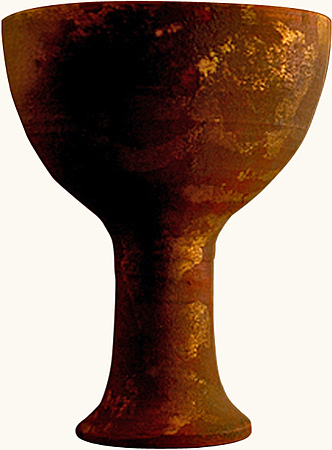
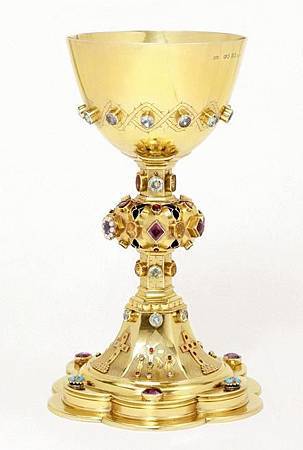
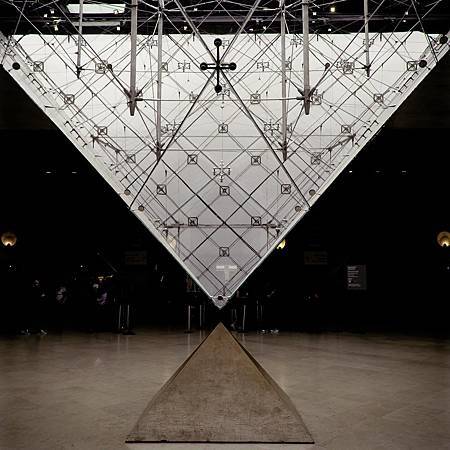
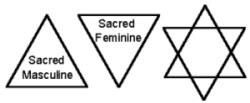

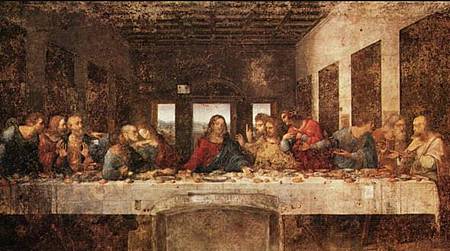

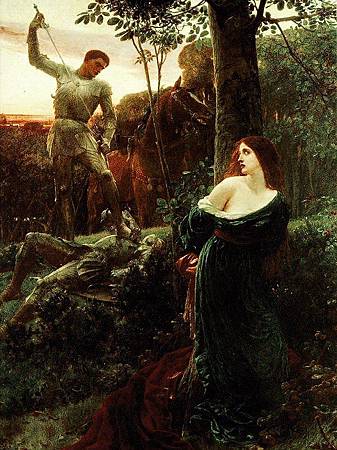
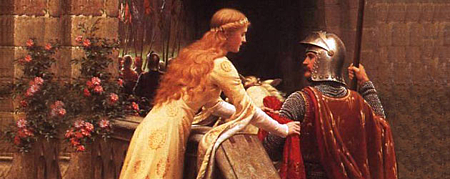
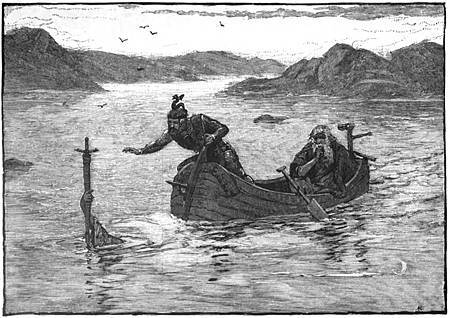
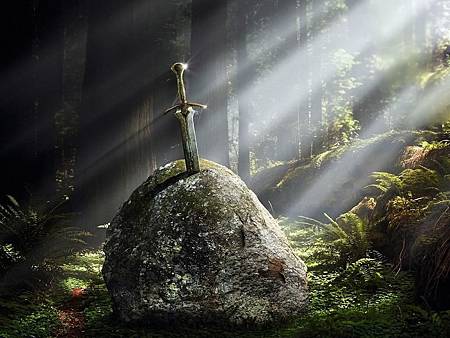
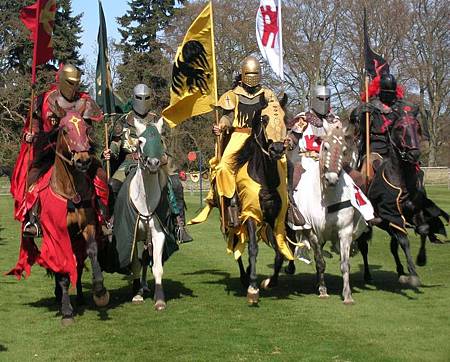
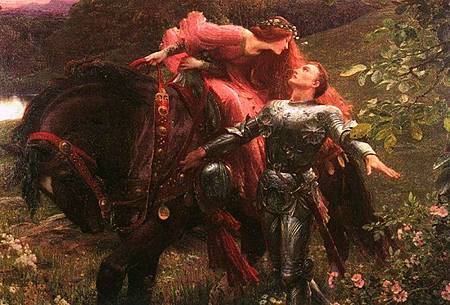

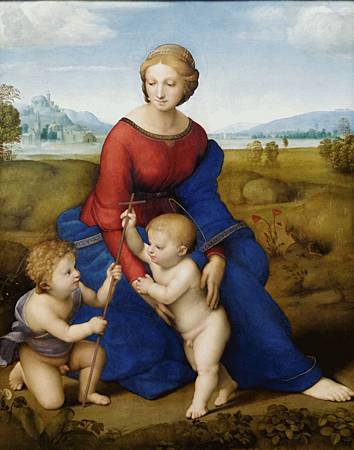
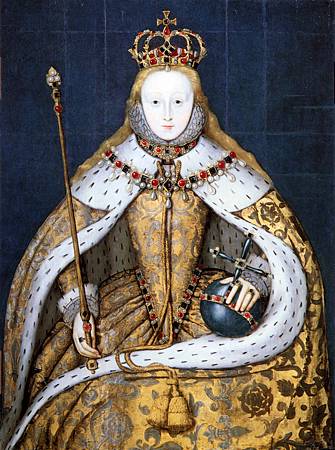
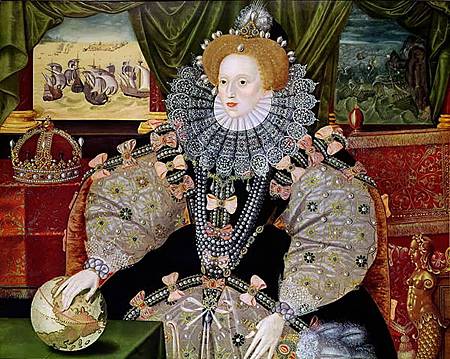
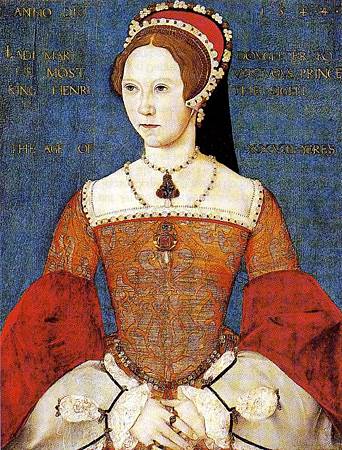
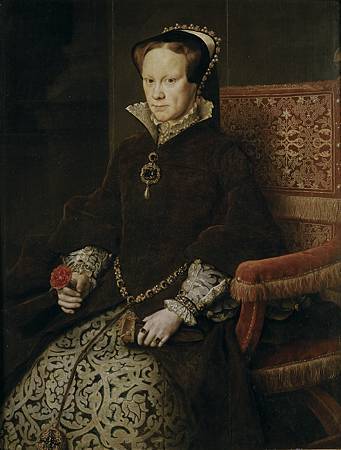
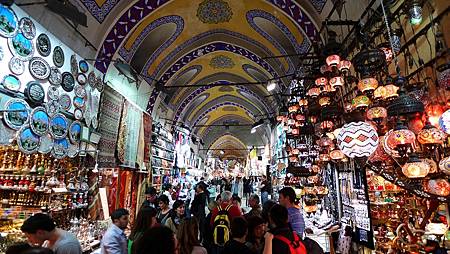
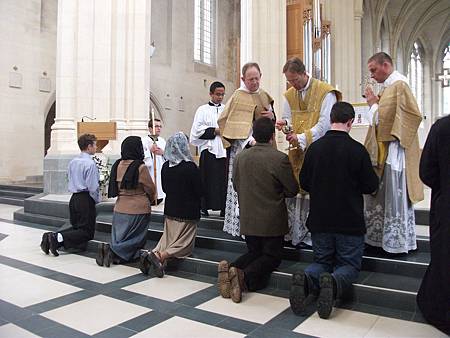

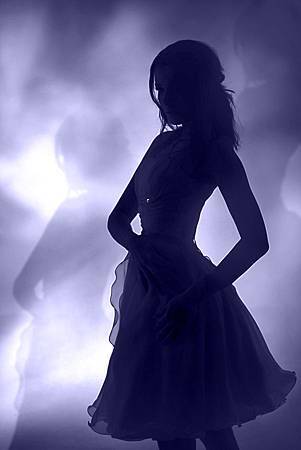

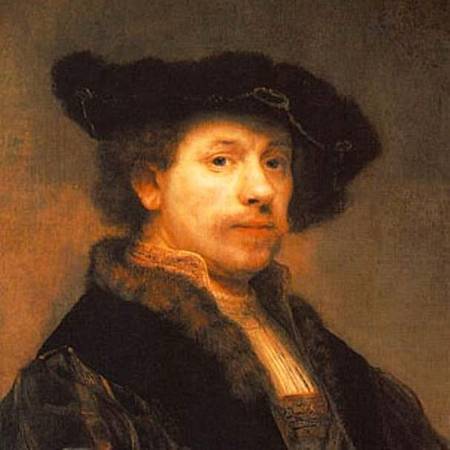
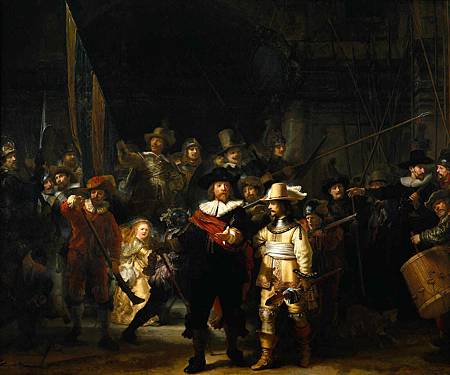


 留言列表
留言列表
